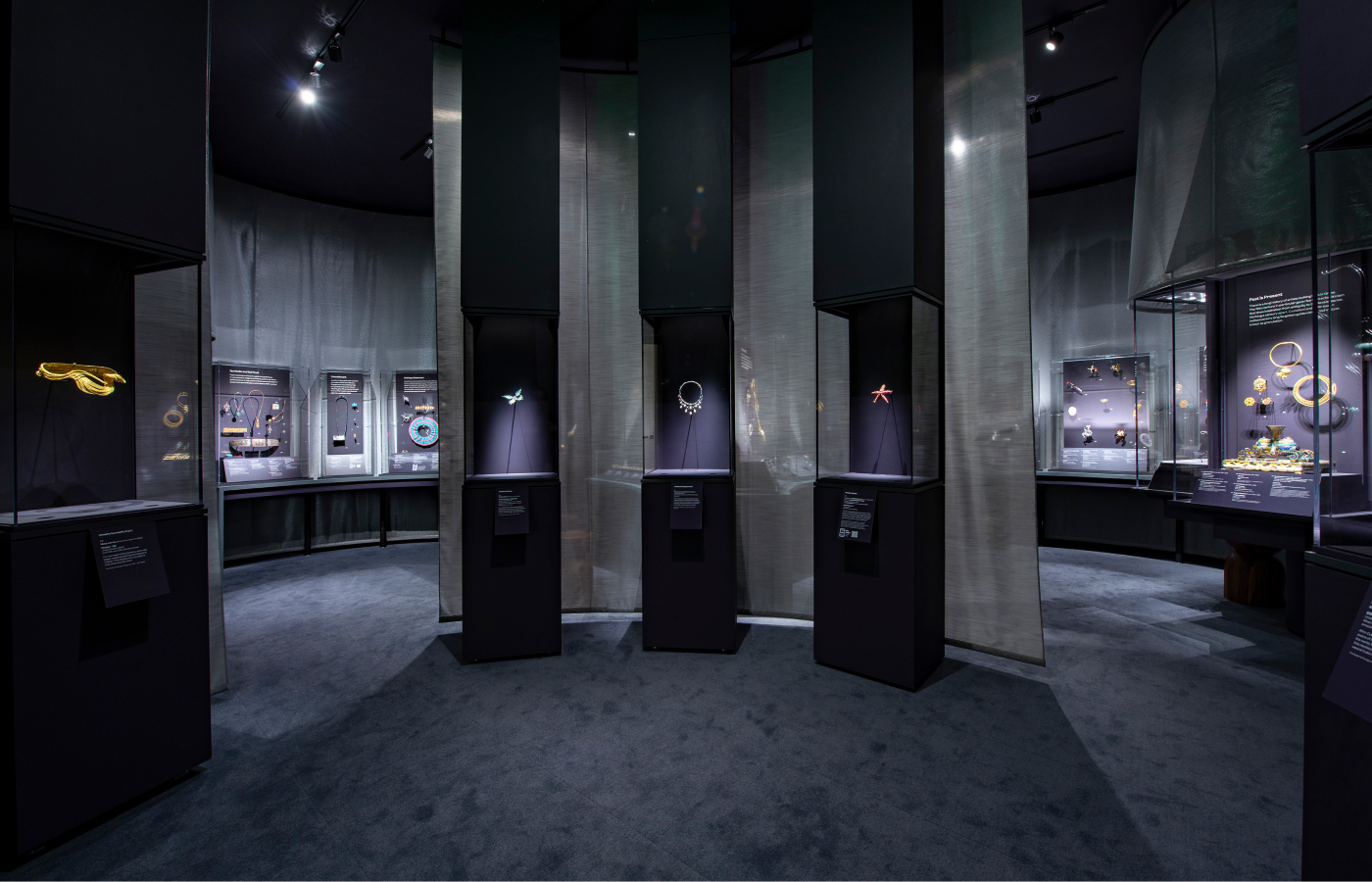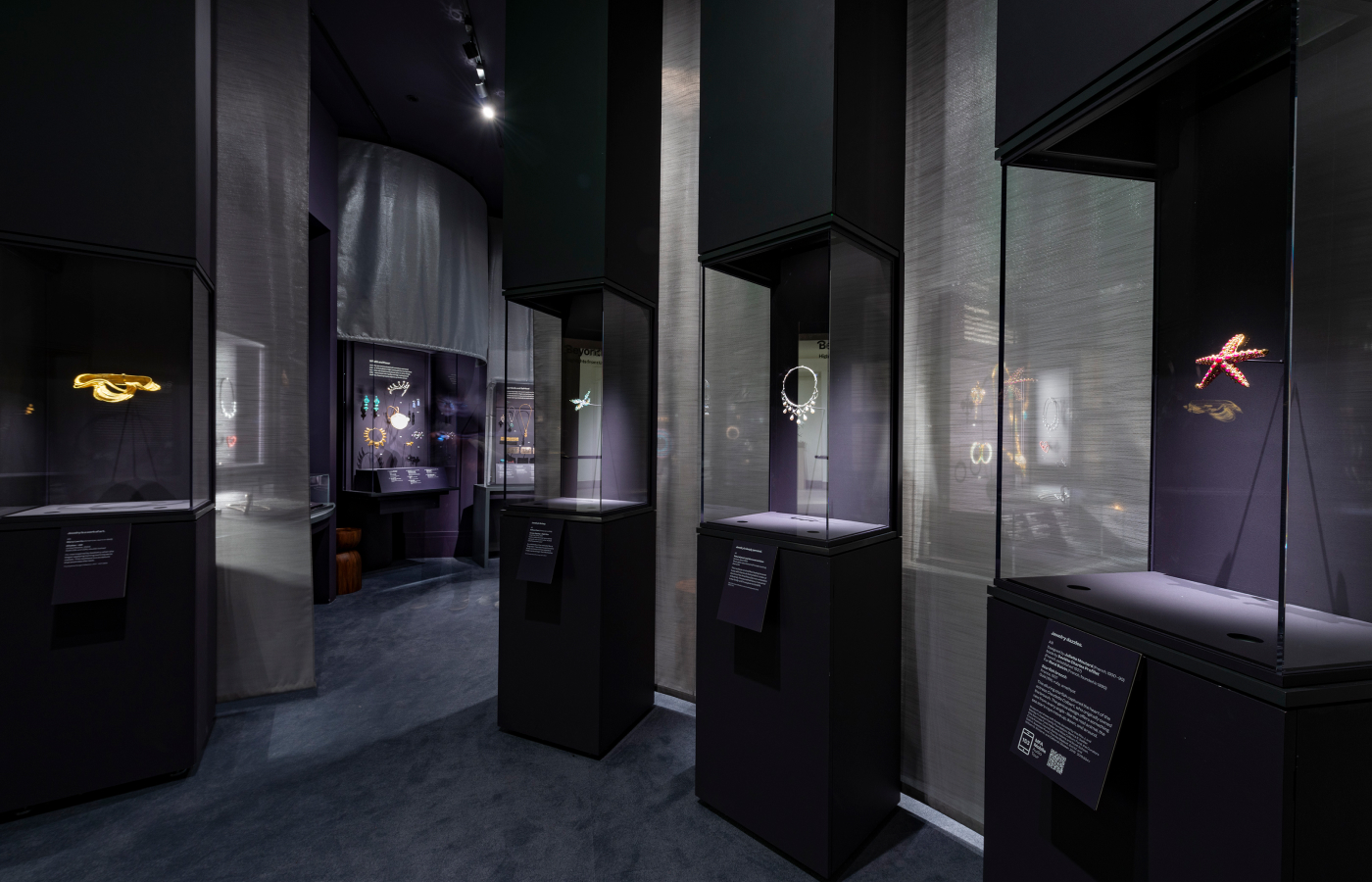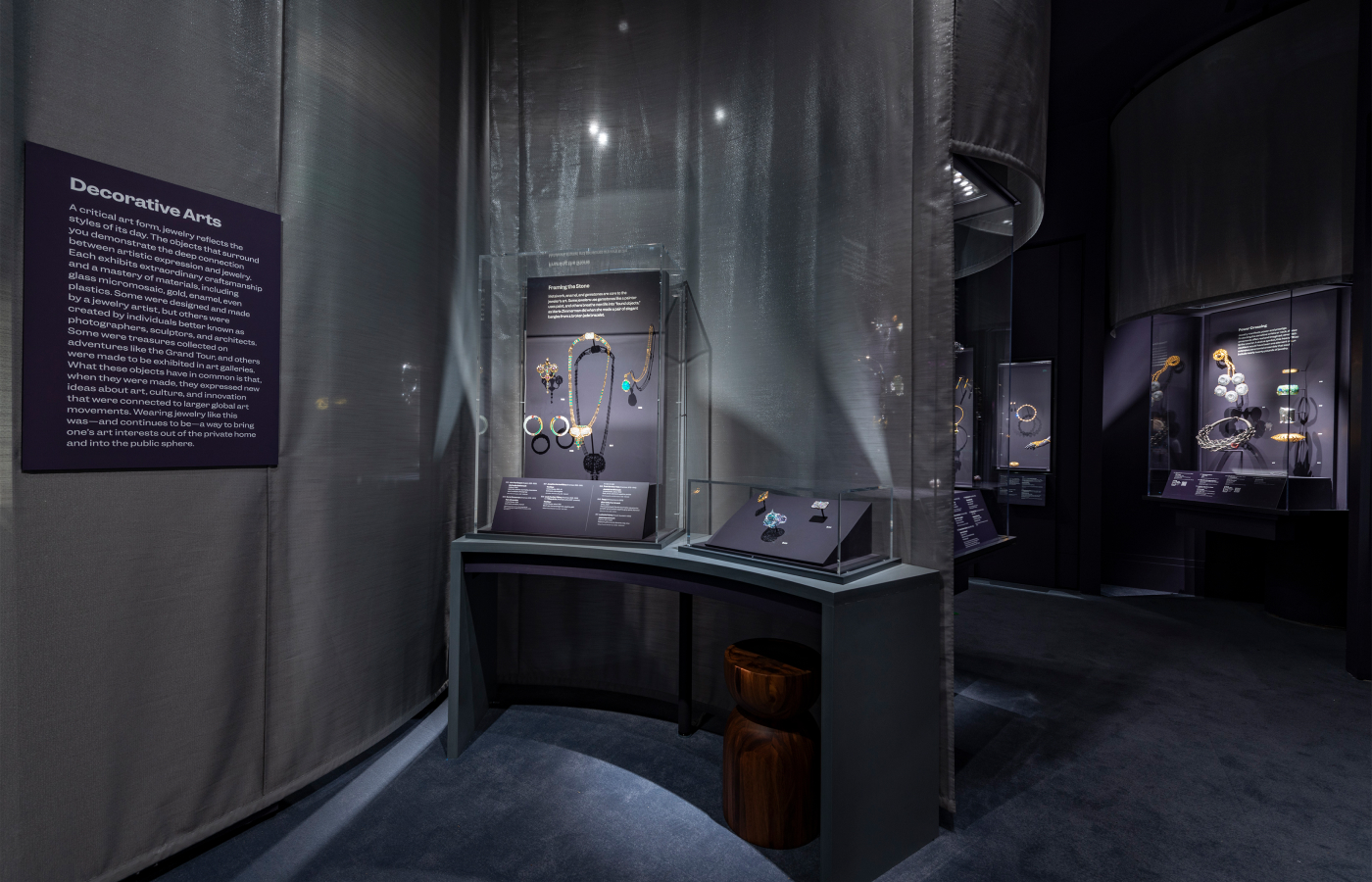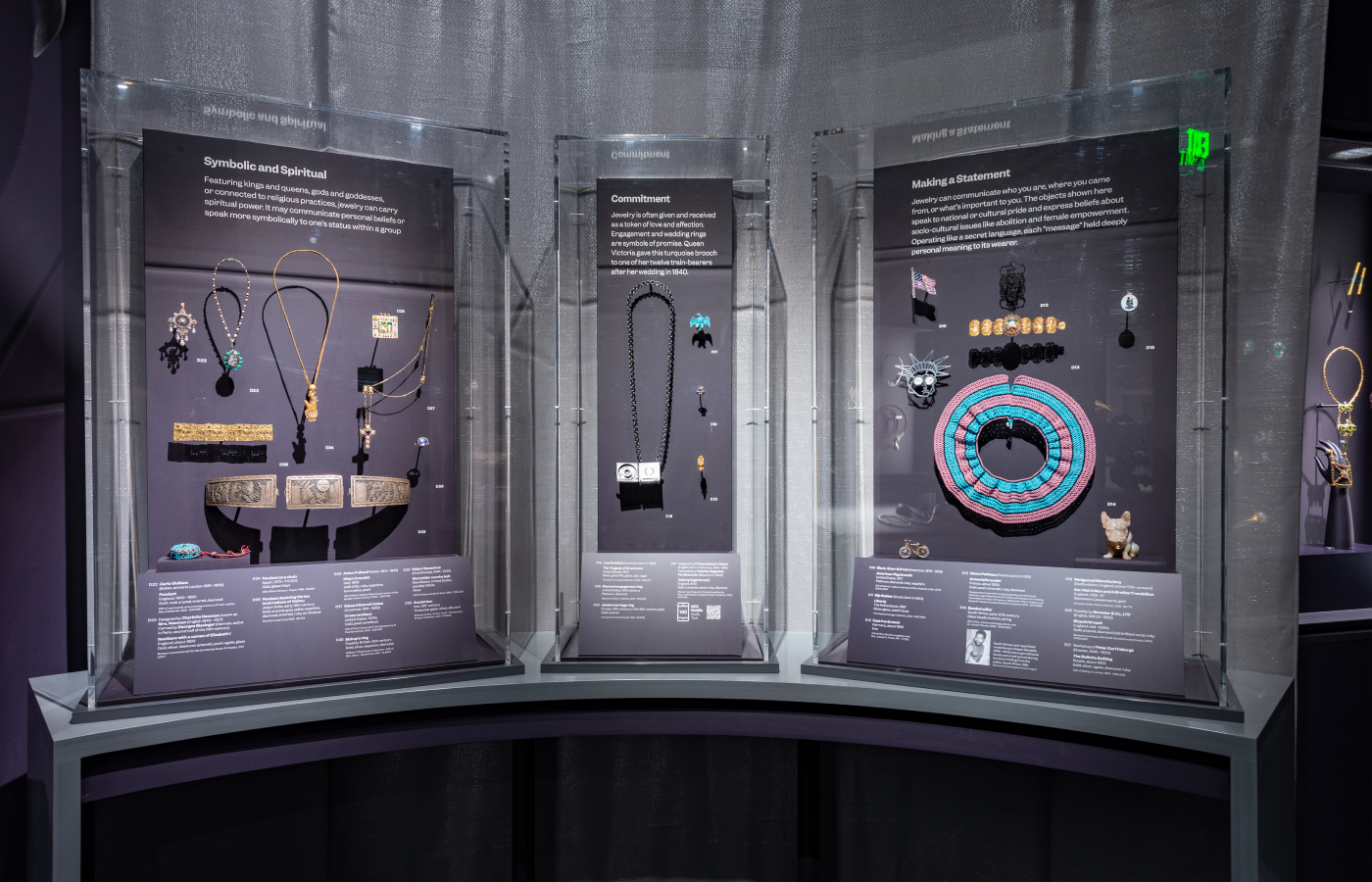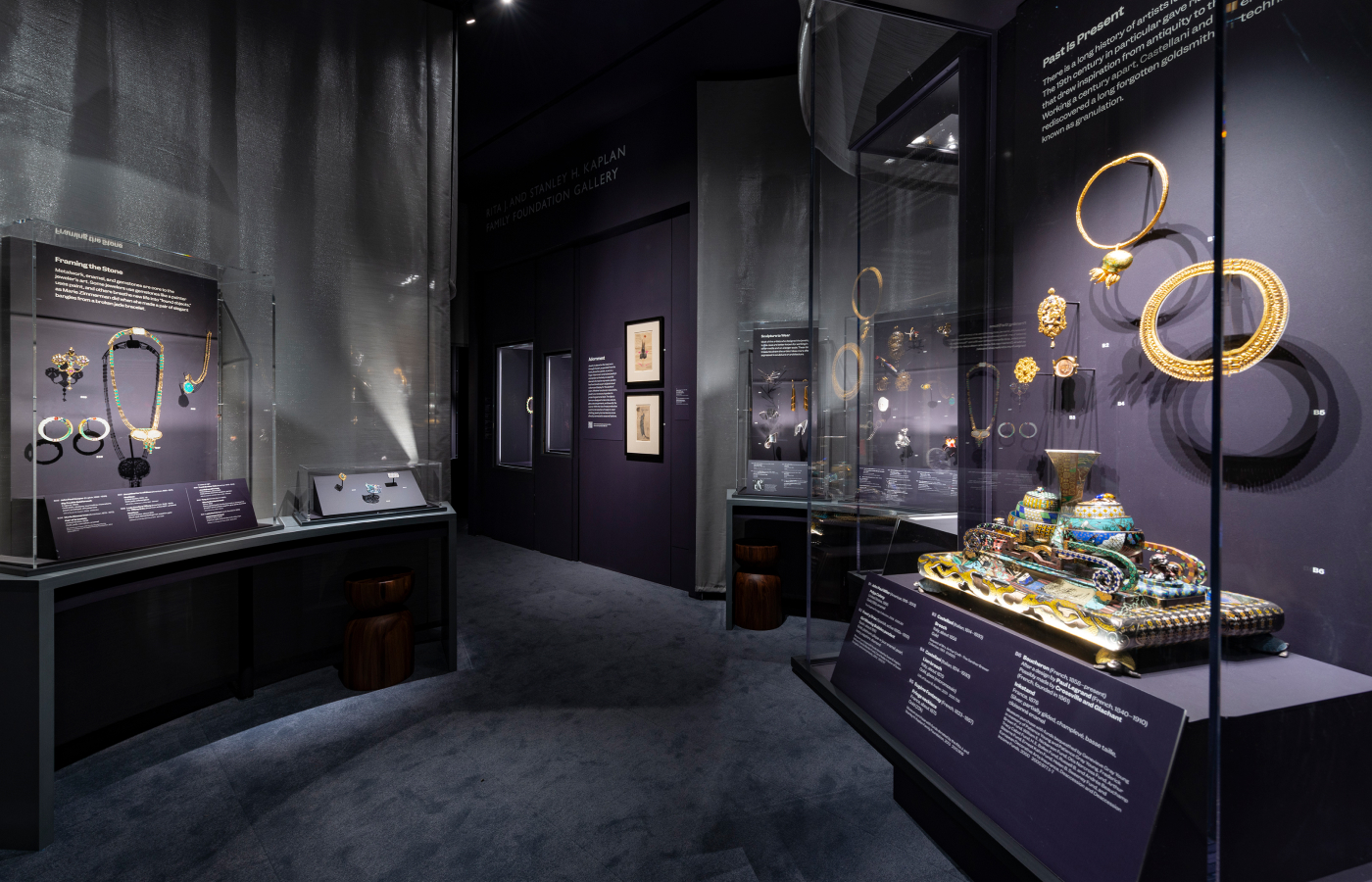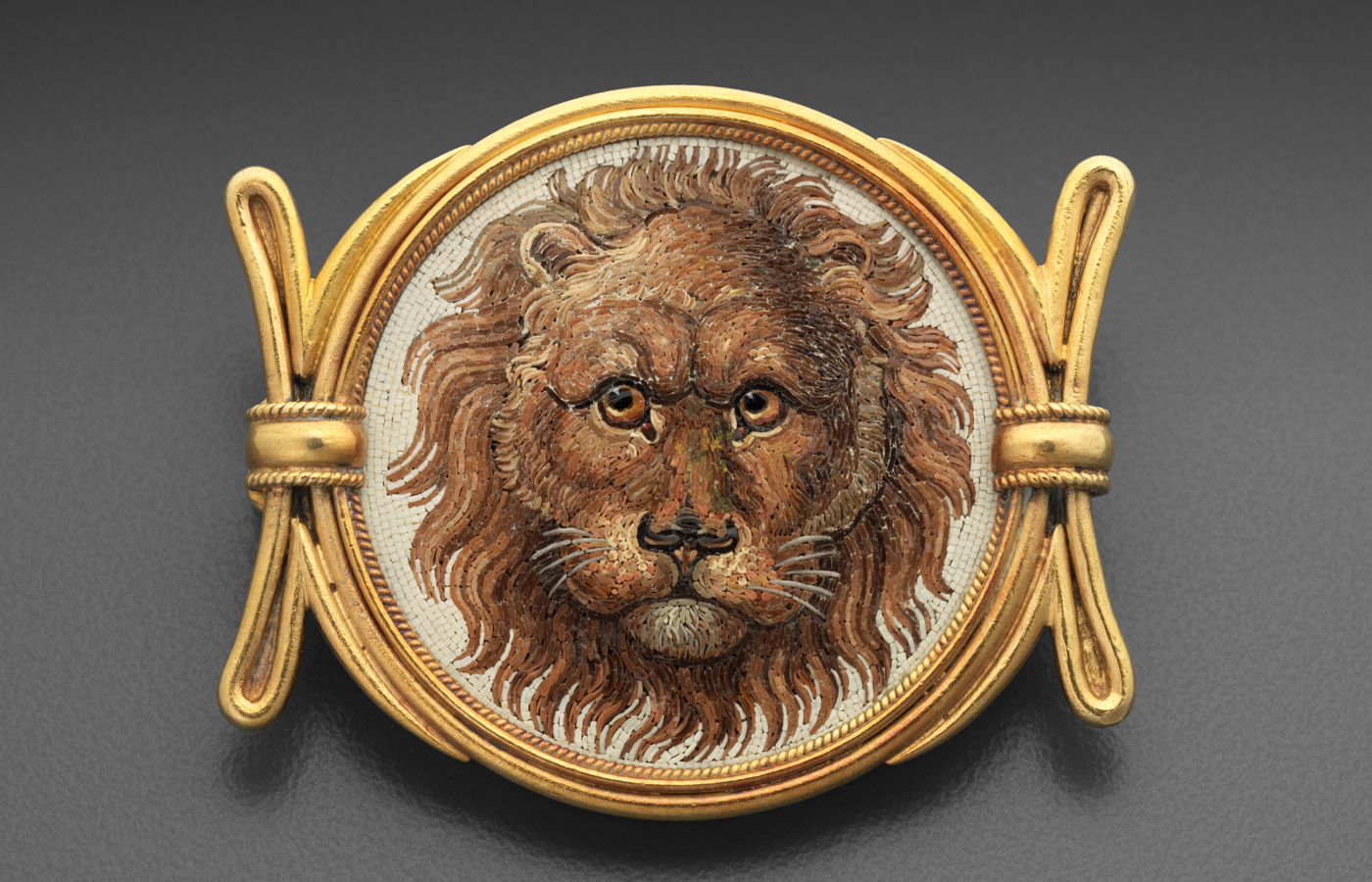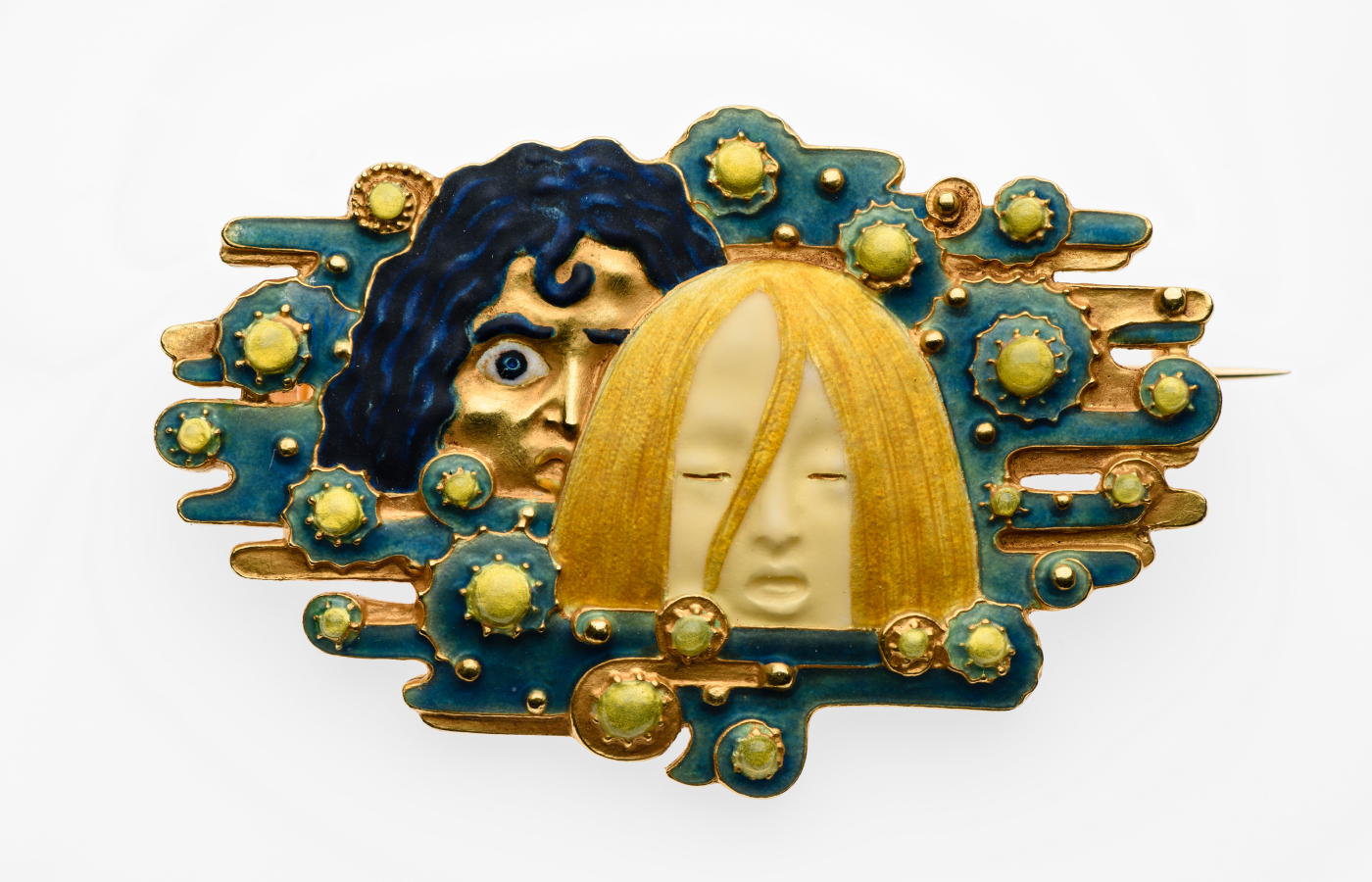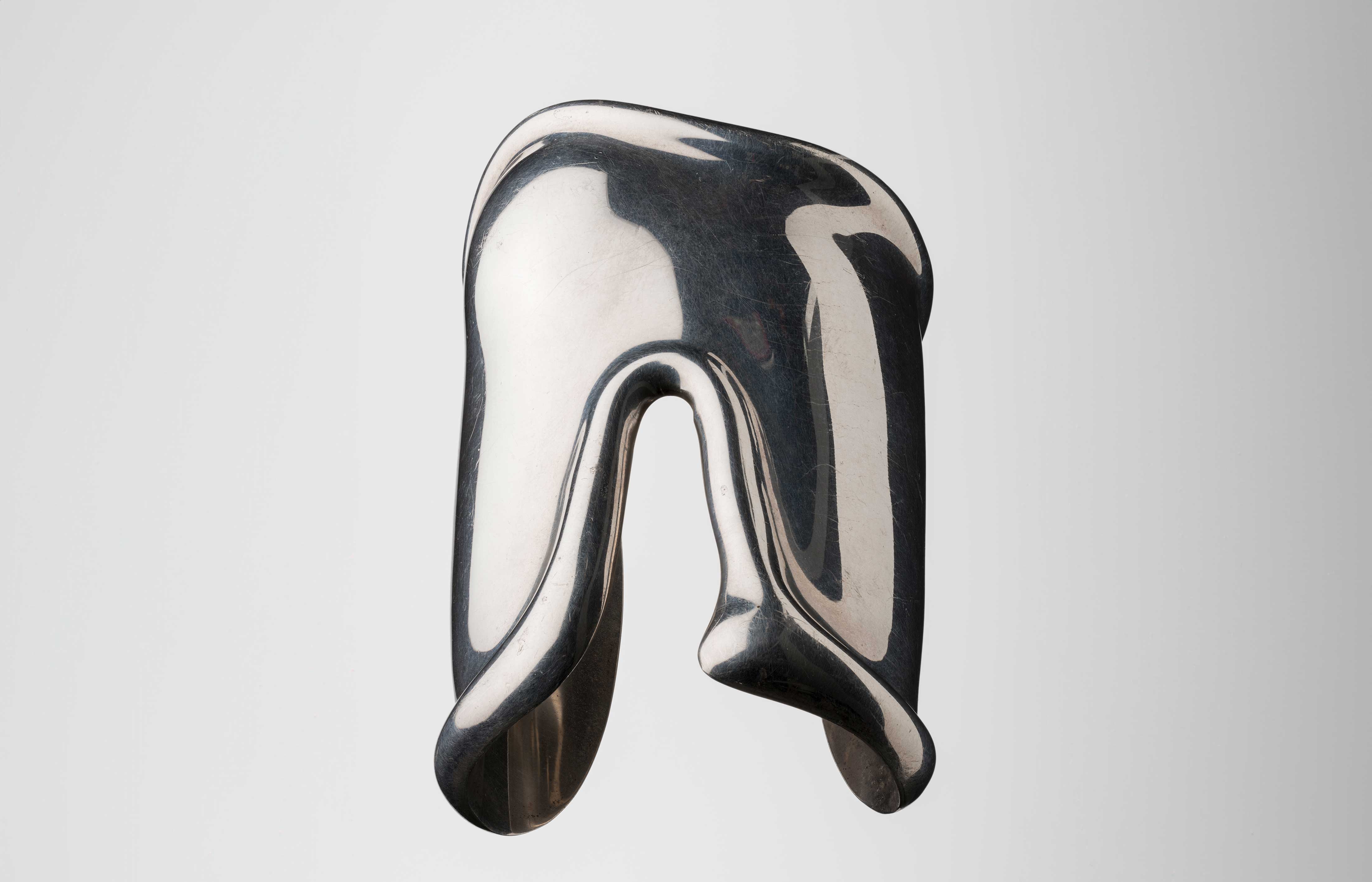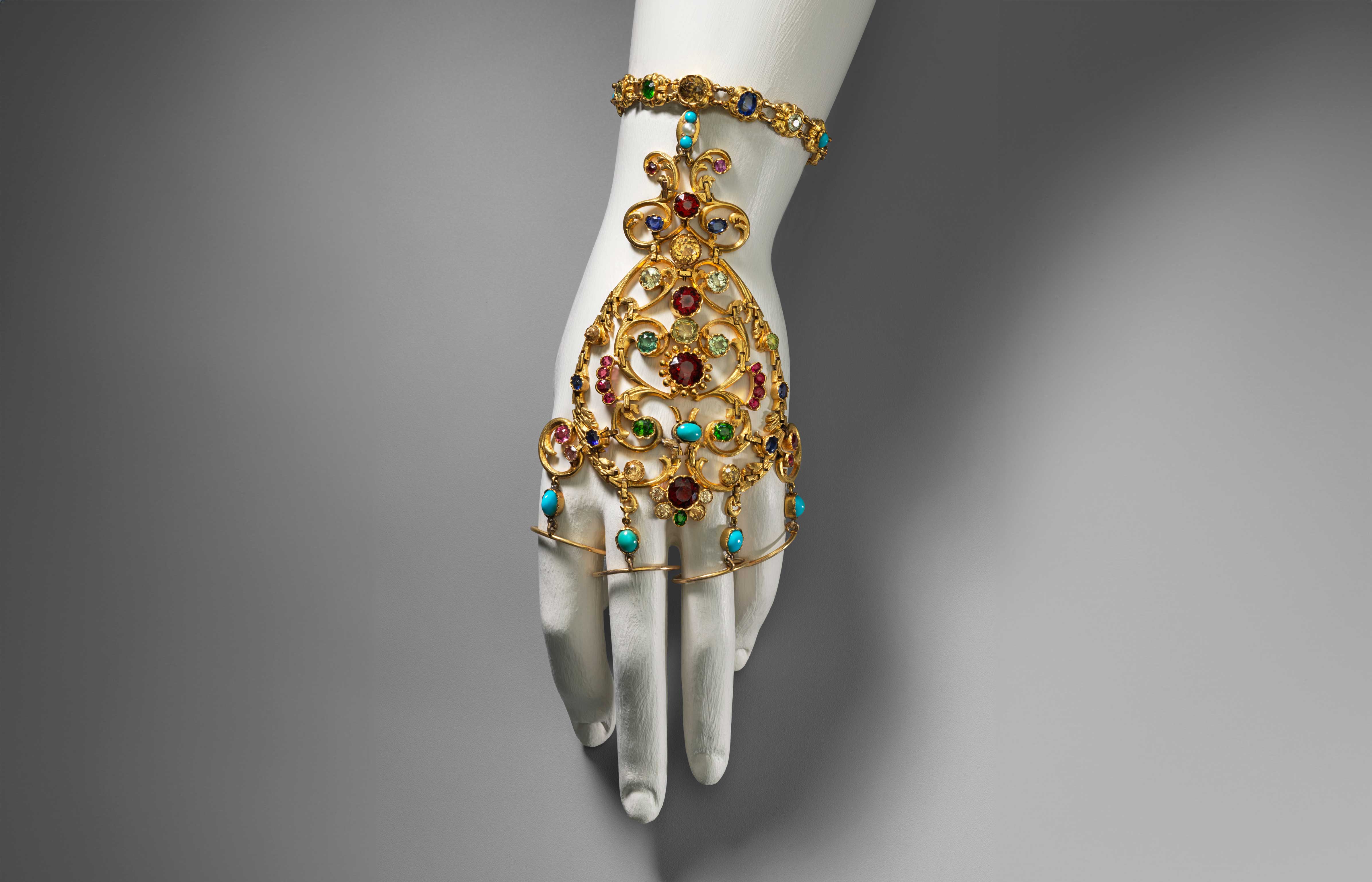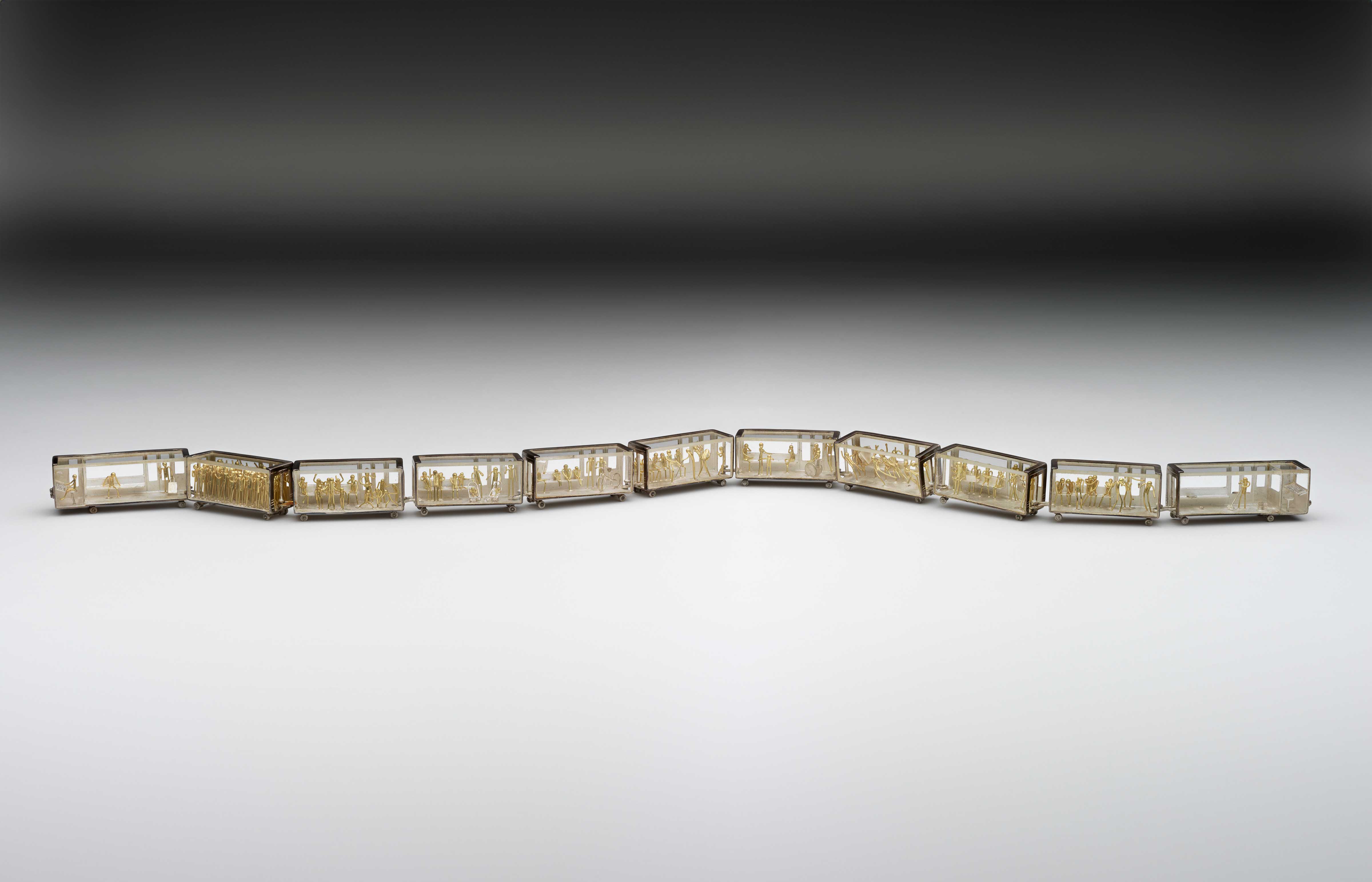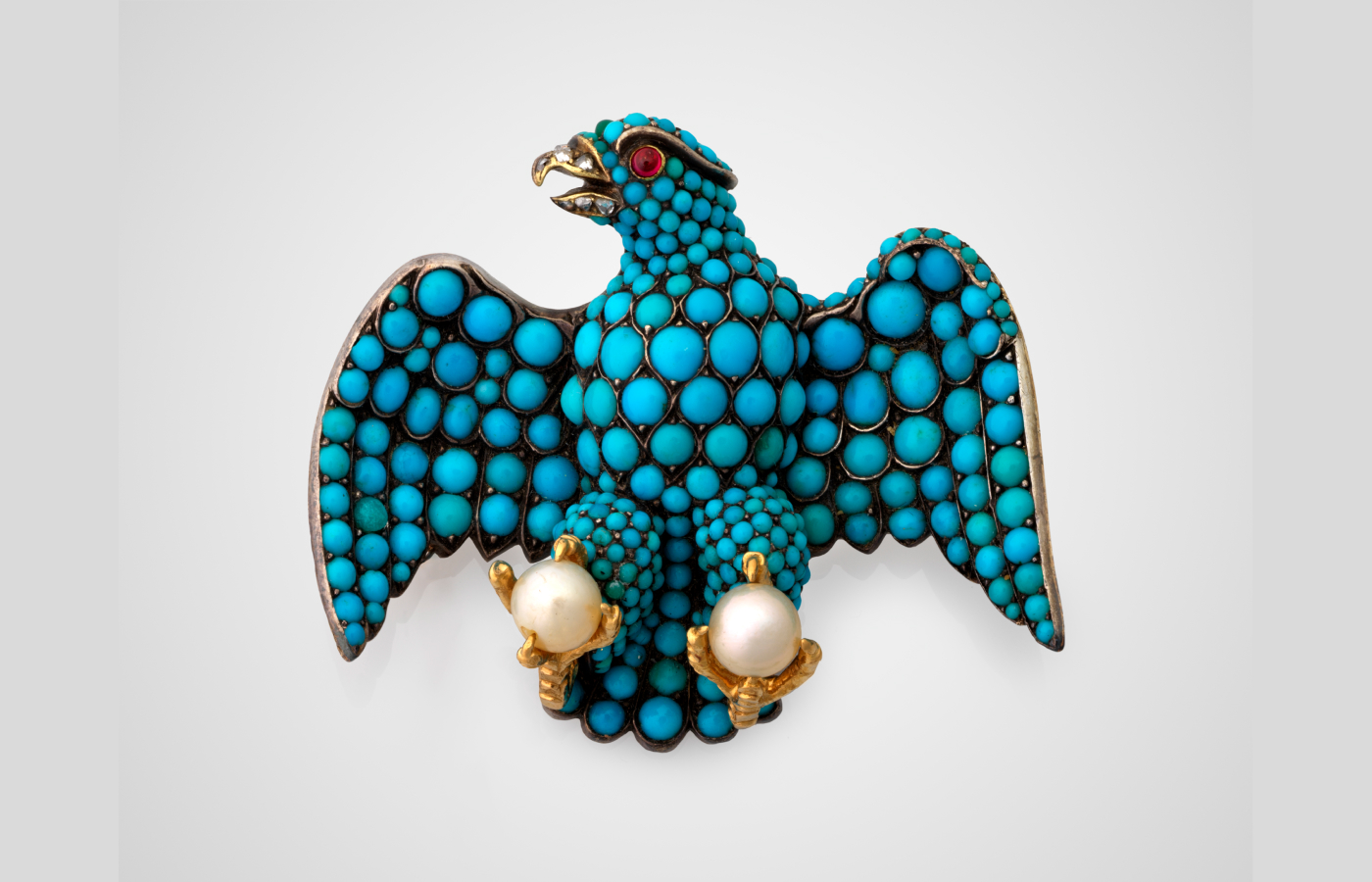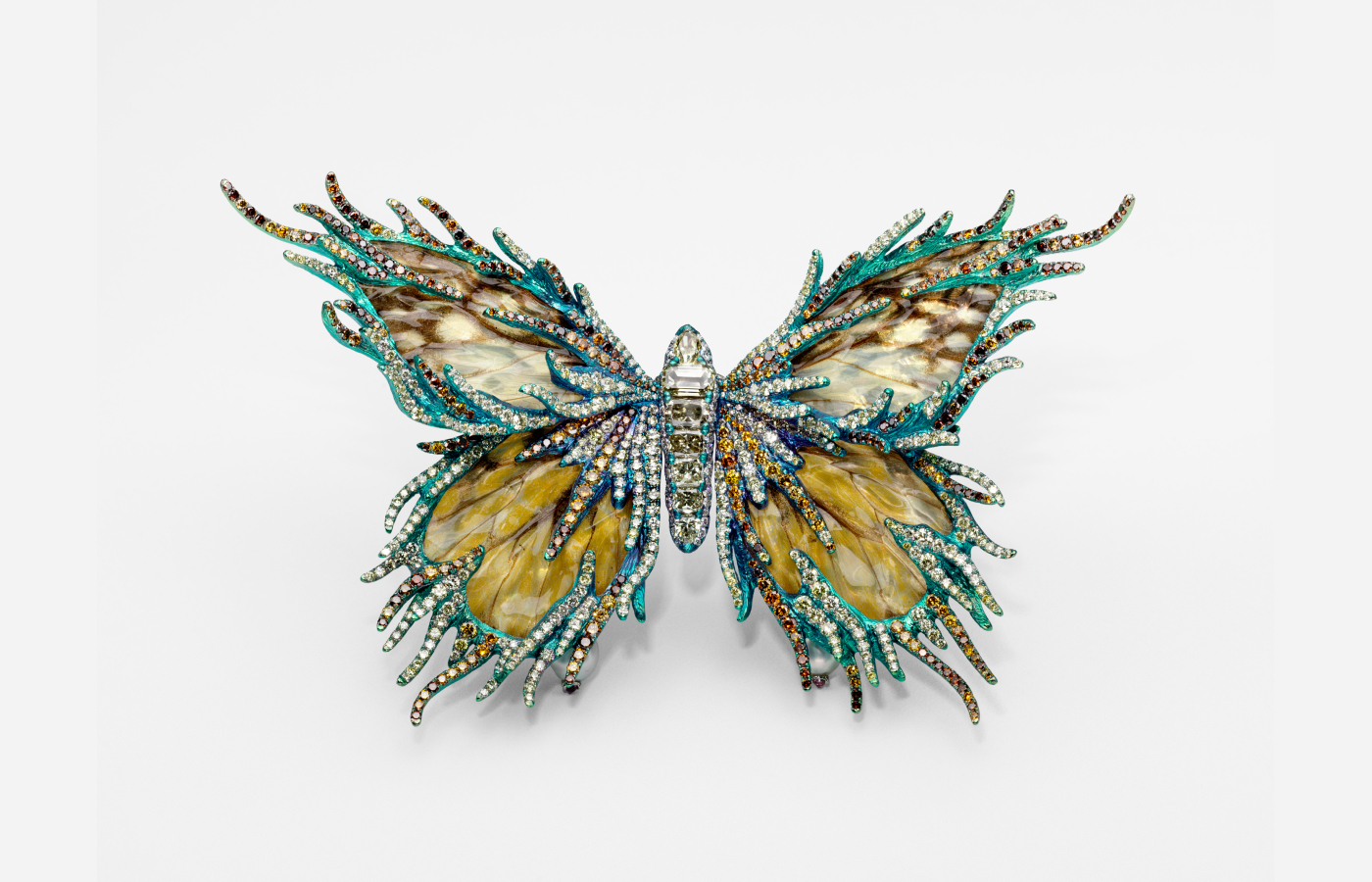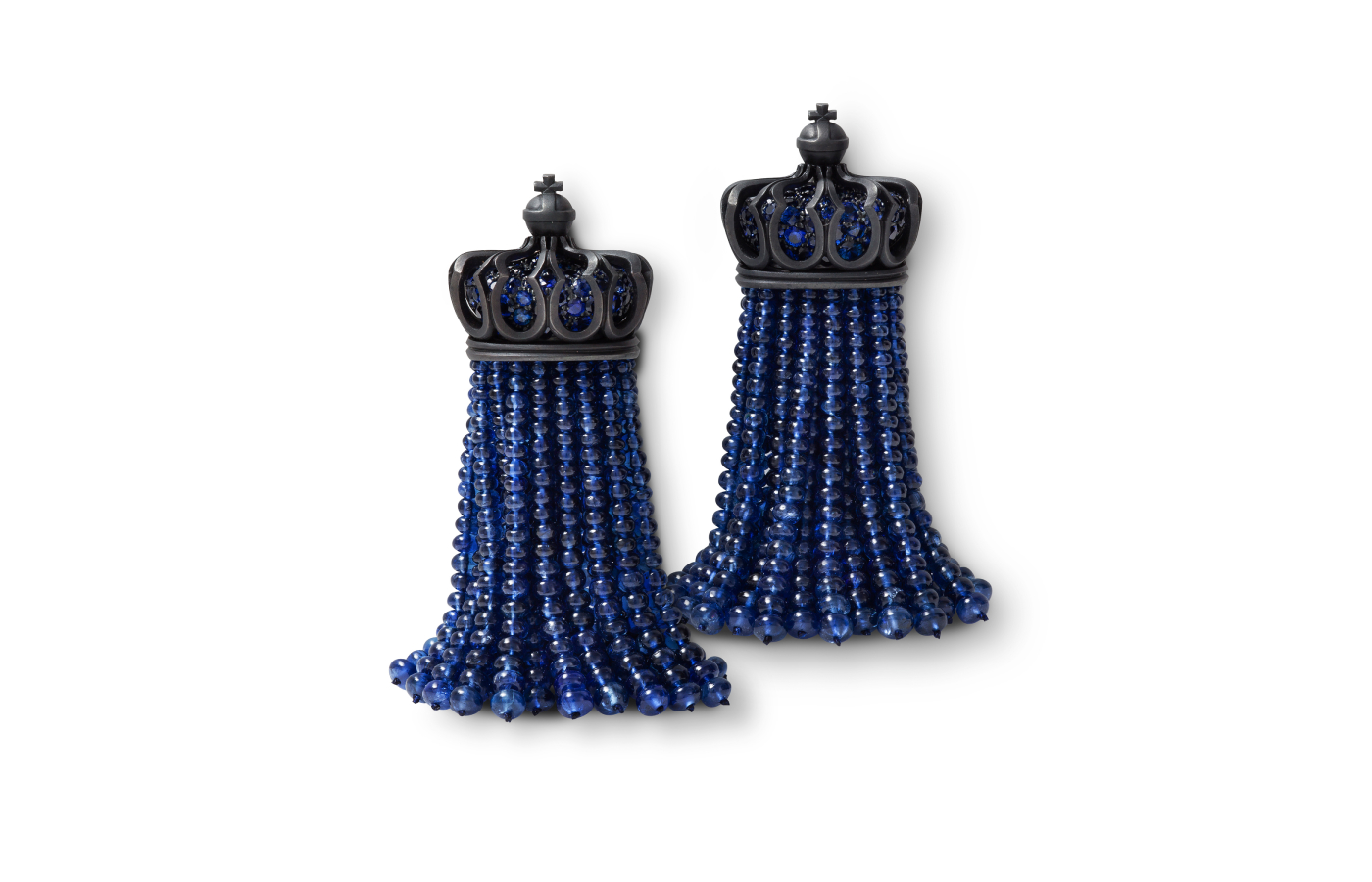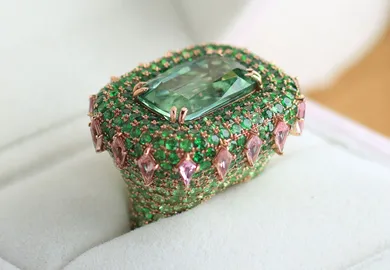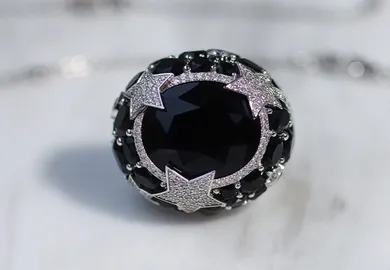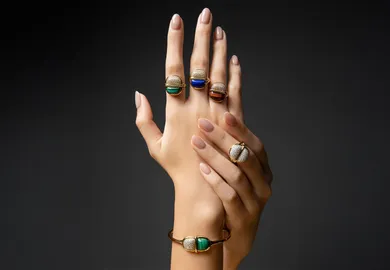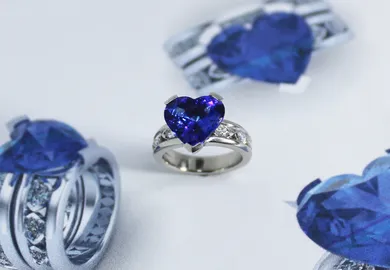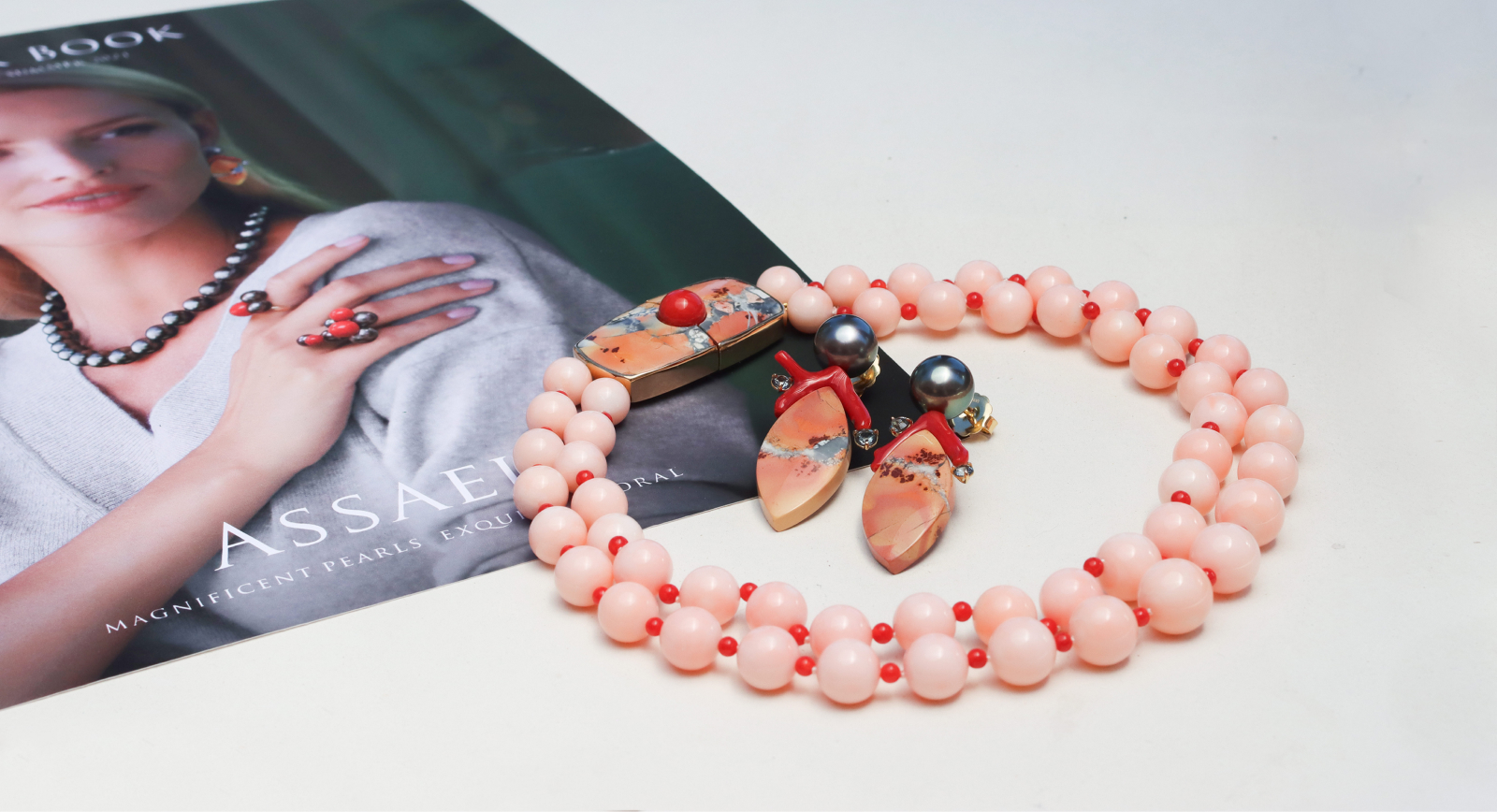
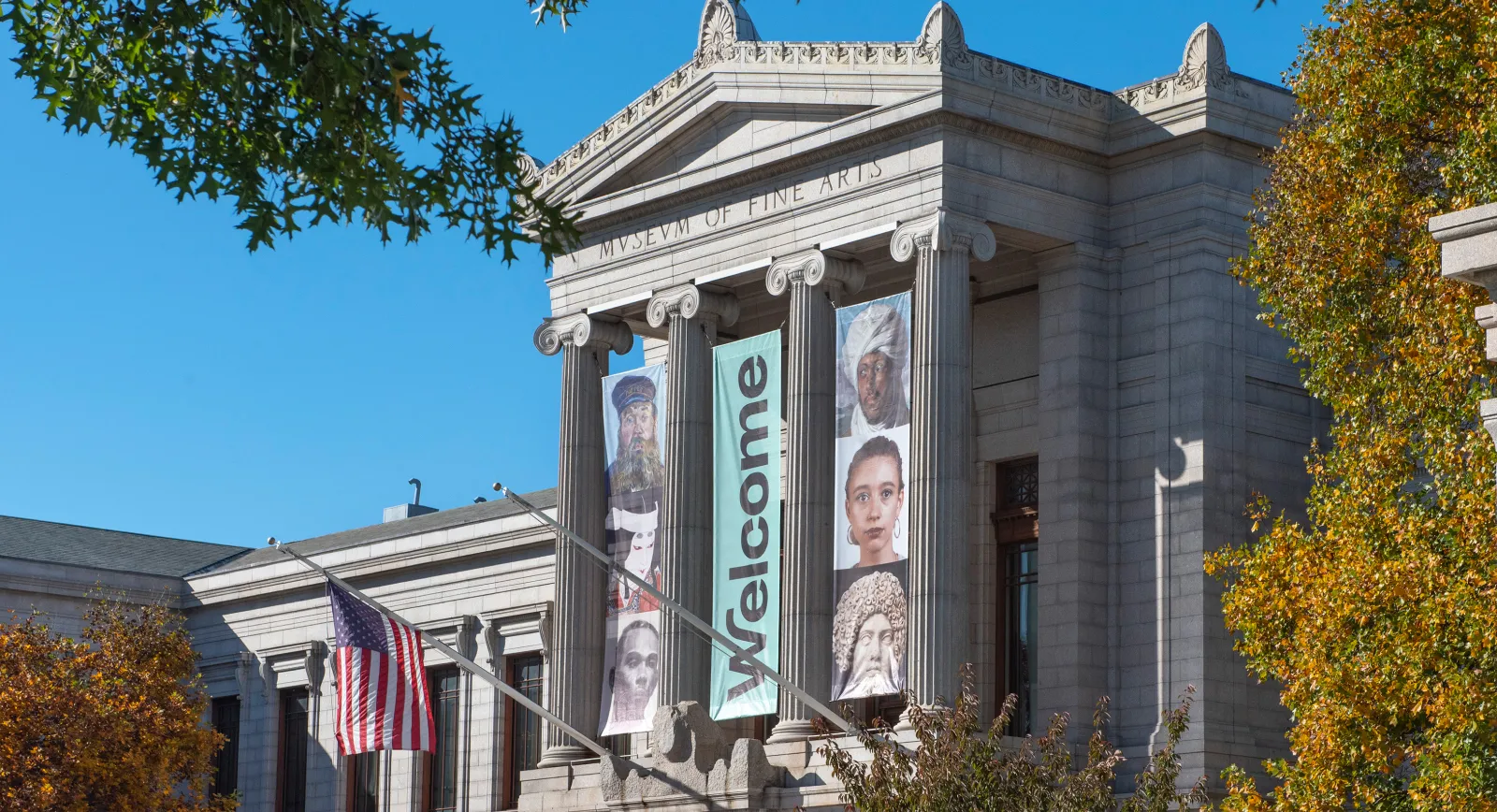
Beyond Brilliance: Celebrating Jewellery with the Museum of Fine Arts Boston
For the first time in three years, the Museum of Fine Arts Boston in Massachusetts has unveiled a new permanent jewellery gallery, celebrating the significance of jewelled adornment throughout history. MFA Boston’s jewellery curator, Emily Stoehrer, tells us why key pieces have been selected – spanning tribal, classical and fantastical creations – and shares insights on what visitors can expect to see.
The world often views jewellery through an ornamental lens, associating it with luxury, wealth, and the elite. However, as avid readers of our platform know, the art of jewellery extends far beyond this. Jewellery breaks cultural boundaries, unites individuals through a love of art and craftsmanship, and holds historical, political, and emotional significance. This is the essence of the MFA Boston’s new jewellery gallery, Beyond Brilliance. The collection features pieces from different eras, crafted by a diverse array of designers using distinctive materials. How did this project come to life? Emily Stoehrer tells us of the behind-the-scenes efforts below…
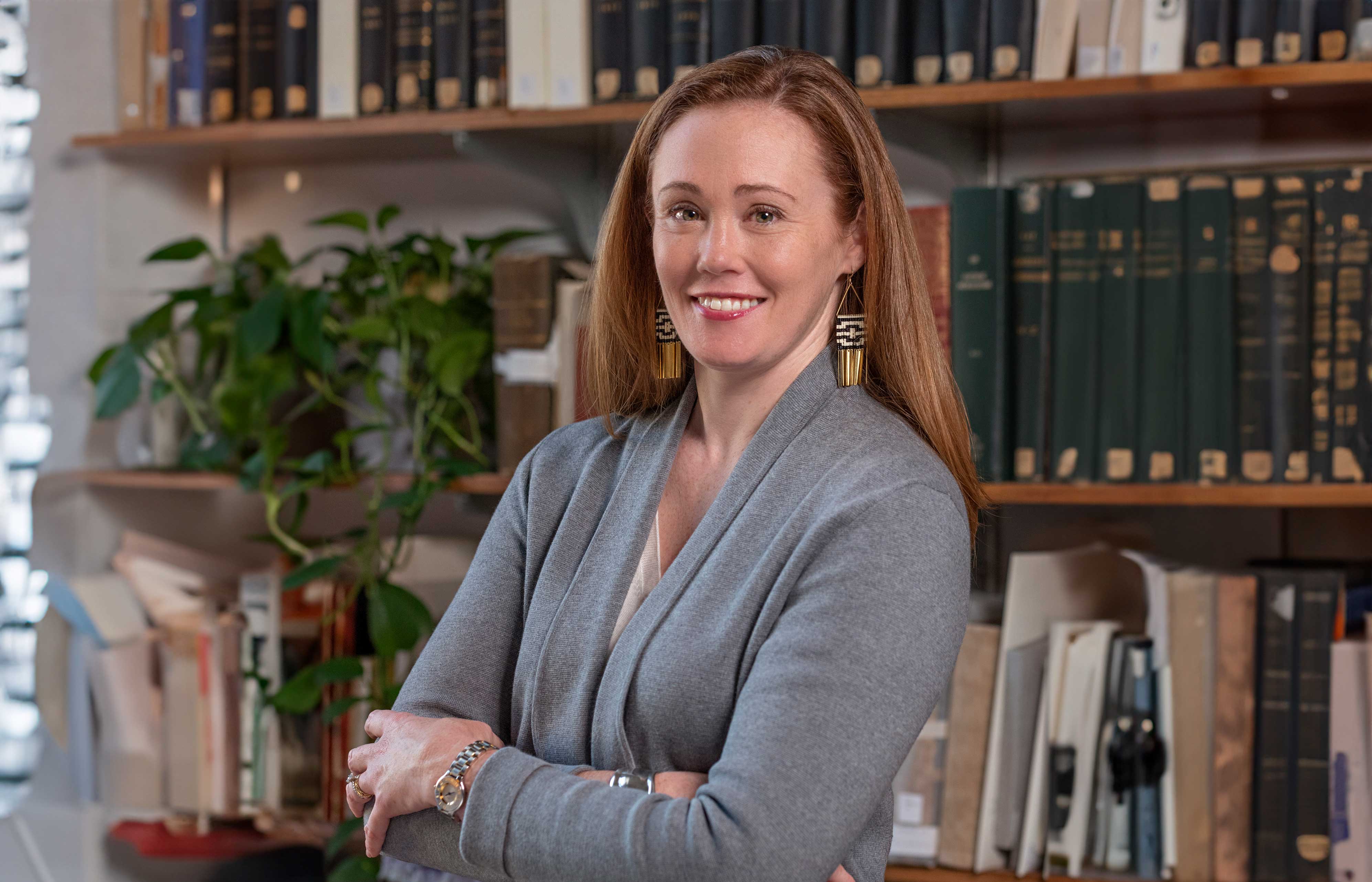
Emily Stoehrer, MFA Boston’s jewellery curator
Katerina Perez: What is the meaning behind the title “Beyond Brilliance”?
Emily Stoehrer: Our entire team was involved in this decision. The MFA’s collection includes over 20,000 objects, ranging from ancient Egypt and Nubia to pieces made as recently as February this year. Many of these items are not made of platinum or diamonds, yet each tells a brilliant story. This is the essence of ‘Beyond Brilliance’—every piece, even those that don’t sparkle traditionally, is magnificent and has a deep story to tell. We felt this name perfectly encapsulated that sentiment.
KP: How is the gallery organised?
ES: The Beyond Brilliance space is a square gallery transformed into four connected circles. Visitors are first introduced to six cases, each displaying a unique piece that offers different perspectives on jewellery. The first pieces on display are by Elsa Peretti, recognising the Nando and Elsa Peretti Foundation, whose support made this exhibit possible. Each case contains a statement like “jewellery is history” or “jewellery is dazzling,” inviting viewers to think about jewellery in various ways.
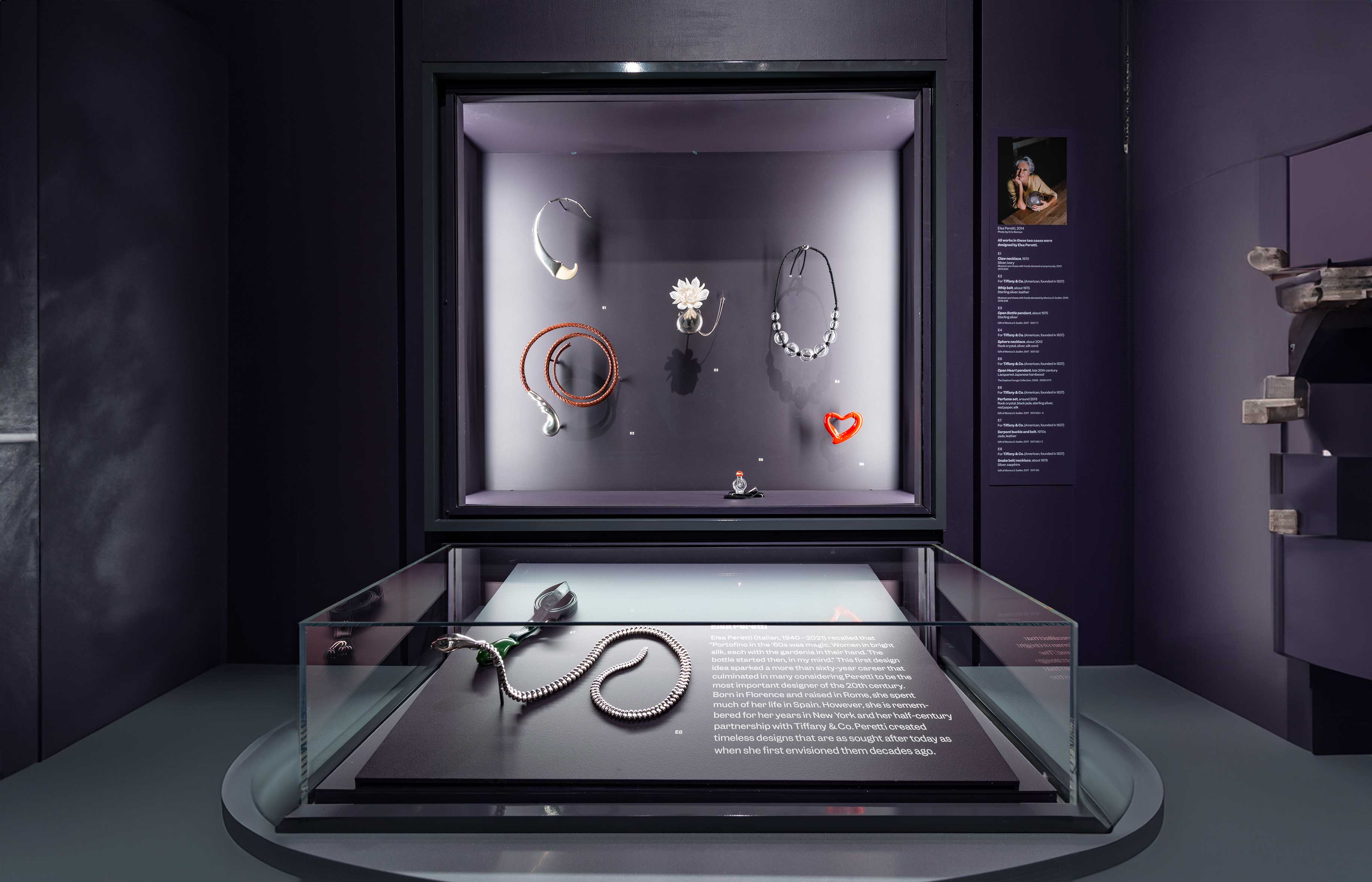
Jewellery case celebrating the work of artist and jewellery designer Elsa Peretti
Following these cases, visitors enter three spaces filled with jewellery and materials divided into various themes. The first space explores jewellery as a form of decorative art, aligning with art movements of the 19th and 20th centuries. Highlights include a Micromosaic lion brooch by 19th-century Italian jeweller Castellani, a gold, jade, and coloured glass necklace by Josephine Hartwell Shaw, and a gold and enamel brooch by Eugène Samuel Grasset.
The second space focuses on jewellery as physical adornment, viewed through the lens of fashion and dress. This section features a wide selection of fashion jewellery and historical pieces meant to be worn with specific garments. Notable items include Elsa Peretti’s Large Bone Cuff bracelets in sterling silver, inspired by her childhood visits to Rome’s Church of Santa Maria della Concezione, a gold and enamel Nubian bracelet from 250-100 B.C. with an image of the goddess Hathor, and a circa 1893 hand ornament jewel by G. Paulding Farnham for Tiffany & Co. made of gold, turquoise, sapphire, green garnet, zircon, peridot, hessonite garnet, beryl, tourmaline, chrysoberyl, and pearl, designed in the image of an Indian Hathphool, meaning flower for the hand.
The final section examines jewellery as a tool for messaging and communication, inspired by Madeline Albright’s use of brooches to convey political meaning. Highlights include Asagi Maeda’s A Train Story necklace, which takes the shape of a moving train and its coaches that encircle the neck. In his own words: “Trains carry people with stories, dreams, and hopes toward the future.” Another notable piece is Prince Albert of Saxe-Coburg Gotha’s Coburg Eagle brooch, made of gold, turquoise, pearl, ruby, and diamond, designed for Queen Victoria’s train-bearers. The eagle was the symbol of the House of Coburg, and each material was chosen for its symbolism: turquoise blue to evoke the colour of forget-me-nots, rubies as symbols of passion, diamonds representing eternity, and pearls for true love.
KP: What were the most important factors to consider when curating the selection for the gallery?
ES: Conservation was crucial, especially considering the fragility of certain materials like textiles and photographs. We also faced the challenge of narrowing down our collection from 20,000 objects to around 160 pieces. Finally, we aimed to ensure a diverse range of pieces, extending beyond European and American jewellers to include contemporary creations from around the world. Notable additions include Hemmerle’s tassel earrings, featuring more than 200 carats of blue sapphires suspended from the iron Bavarian crown emblem, and Wallace Chan’s butterfly brooch made of real butterfly wings, titanium, rock crystal, and brown and yellow diamonds. We are the first collection in the United States to have an example of Chan’s work, which is something we are extremely excited to share with audiences.
KP: What do you hope visitors will take away from this exhibit?
ES: I hope visitors see a seriousness in jewellery that they didn’t expect. I want them to recognise how jewellery connects to society and to think more deeply about the jewellery they encounter and choose to wear. After all, jewellery is far more than just something people wear, it says something deeply personal about them, holds a meaningful story and can even be a secret talisman of protection. I invite everyone who comes to the MFA Boston to look beyond the brilliance of each design and delve into its story.
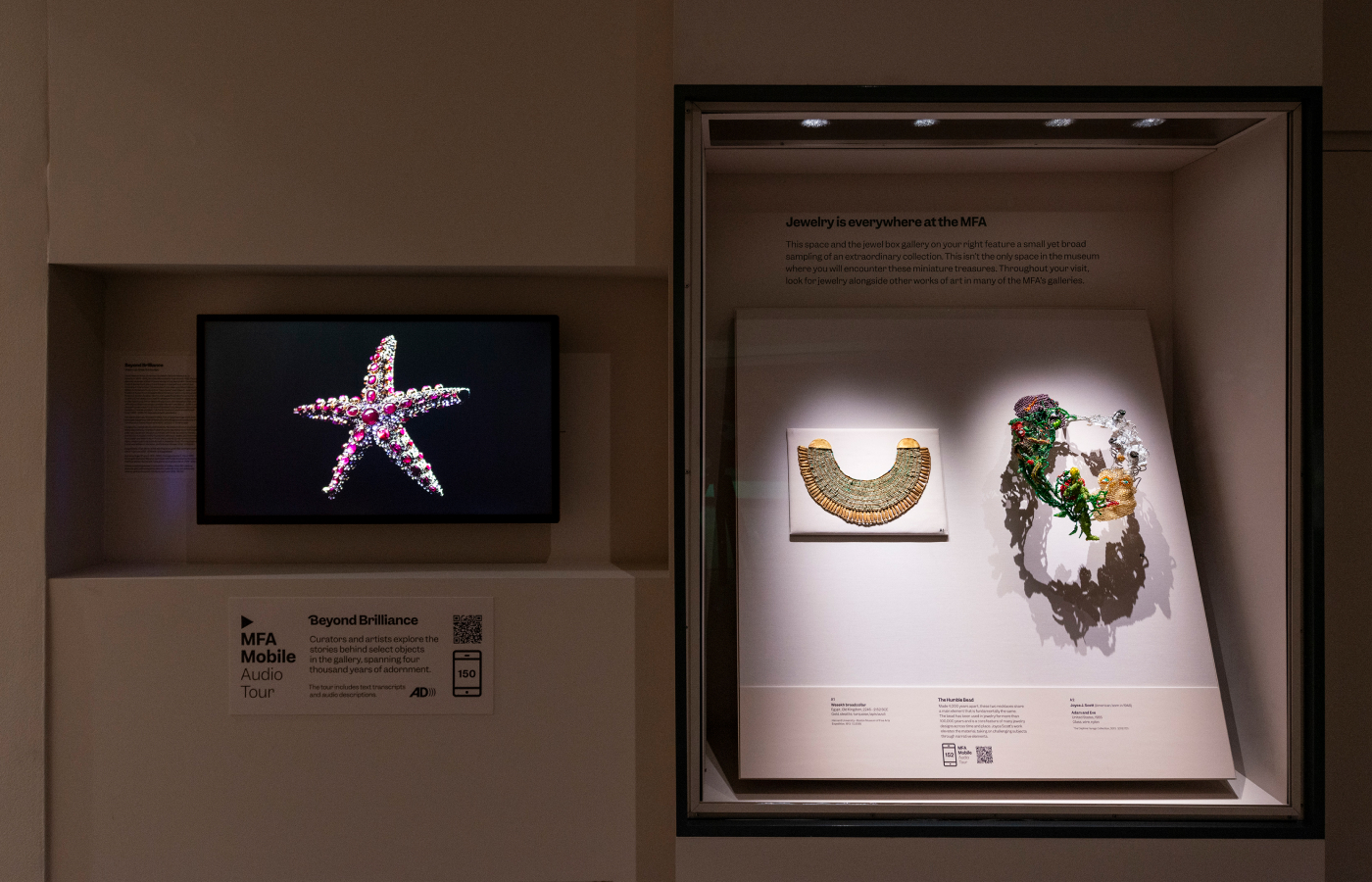
Information on the pieces displayed in the Beyond Brilliance exhibit at the MFA Boston is available on the MFA Boston website
From beautifully ornamental designs to jewels with subtle social and political messaging, each piece selected by Emily and her team in the MFA Boston Beyond Brilliance exhibition is guaranteed to take you on a visual journey that will delight and surprise you. The gallery opened its doors on May 18th and will remain accessible to the public for the foreseeable future. For those of you who are unable to attend in person, have no fear – Emily and her team have created an amazing digital portfolio of information which will allow you access images and information on the pieces online. For more information, visit its website.

WORDS
Livia Primo Lack , a Watches and Jewelry journalist and content creator, has covered all aspects of luxury jewels and timepieces. With a strong background in the editorial world, she has developed a keen eye for emerging designers as well as for groundbreaking innovations from iconic brands

Beyond Brilliance: Celebrating Jewellery with the Museum of Fine Arts Boston
For the first time in three years, the Museum of Fine Arts Boston in Massachusetts has unveiled a new permanent jewellery gallery, celebrating the significance of jewelled adornment throughout history. MFA Boston’s jewellery curator, Emily Stoehrer, tells us why key pieces have been selected – spanning tribal, classical and fantastical creations – and shares insights on what visitors can expect to see.
The world often views jewellery through an ornamental lens, associating it with luxury, wealth, and the elite. However, as avid readers of our platform know, the art of jewellery extends far beyond this. Jewellery breaks cultural boundaries, unites individuals through a love of art and craftsmanship, and holds historical, political, and emotional significance. This is the essence of the MFA Boston’s new jewellery gallery, Beyond Brilliance. The collection features pieces from different eras, crafted by a diverse array of designers using distinctive materials. How did this project come to life? Emily Stoehrer tells us of the behind-the-scenes efforts below…

Emily Stoehrer, MFA Boston’s jewellery curator
Katerina Perez: What is the meaning behind the title “Beyond Brilliance”?
Emily Stoehrer: Our entire team was involved in this decision. The MFA’s collection includes over 20,000 objects, ranging from ancient Egypt and Nubia to pieces made as recently as February this year. Many of these items are not made of platinum or diamonds, yet each tells a brilliant story. This is the essence of ‘Beyond Brilliance’—every piece, even those that don’t sparkle traditionally, is magnificent and has a deep story to tell. We felt this name perfectly encapsulated that sentiment.
KP: How is the gallery organised?
ES: The Beyond Brilliance space is a square gallery transformed into four connected circles. Visitors are first introduced to six cases, each displaying a unique piece that offers different perspectives on jewellery. The first pieces on display are by Elsa Peretti, recognising the Nando and Elsa Peretti Foundation, whose support made this exhibit possible. Each case contains a statement like “jewellery is history” or “jewellery is dazzling,” inviting viewers to think about jewellery in various ways.

Jewellery case celebrating the work of artist and jewellery designer Elsa Peretti
Following these cases, visitors enter three spaces filled with jewellery and materials divided into various themes. The first space explores jewellery as a form of decorative art, aligning with art movements of the 19th and 20th centuries. Highlights include a Micromosaic lion brooch by 19th-century Italian jeweller Castellani, a gold, jade, and coloured glass necklace by Josephine Hartwell Shaw, and a gold and enamel brooch by Eugène Samuel Grasset.
The second space focuses on jewellery as physical adornment, viewed through the lens of fashion and dress. This section features a wide selection of fashion jewellery and historical pieces meant to be worn with specific garments. Notable items include Elsa Peretti’s Large Bone Cuff bracelets in sterling silver, inspired by her childhood visits to Rome’s Church of Santa Maria della Concezione, a gold and enamel Nubian bracelet from 250-100 B.C. with an image of the goddess Hathor, and a circa 1893 hand ornament jewel by G. Paulding Farnham for Tiffany & Co. made of gold, turquoise, sapphire, green garnet, zircon, peridot, hessonite garnet, beryl, tourmaline, chrysoberyl, and pearl, designed in the image of an Indian Hathphool, meaning flower for the hand.
The final section examines jewellery as a tool for messaging and communication, inspired by Madeline Albright’s use of brooches to convey political meaning. Highlights include Asagi Maeda’s A Train Story necklace, which takes the shape of a moving train and its coaches that encircle the neck. In his own words: “Trains carry people with stories, dreams, and hopes toward the future.” Another notable piece is Prince Albert of Saxe-Coburg Gotha’s Coburg Eagle brooch, made of gold, turquoise, pearl, ruby, and diamond, designed for Queen Victoria’s train-bearers. The eagle was the symbol of the House of Coburg, and each material was chosen for its symbolism: turquoise blue to evoke the colour of forget-me-nots, rubies as symbols of passion, diamonds representing eternity, and pearls for true love.
KP: What were the most important factors to consider when curating the selection for the gallery?
ES: Conservation was crucial, especially considering the fragility of certain materials like textiles and photographs. We also faced the challenge of narrowing down our collection from 20,000 objects to around 160 pieces. Finally, we aimed to ensure a diverse range of pieces, extending beyond European and American jewellers to include contemporary creations from around the world. Notable additions include Hemmerle’s tassel earrings, featuring more than 200 carats of blue sapphires suspended from the iron Bavarian crown emblem, and Wallace Chan’s butterfly brooch made of real butterfly wings, titanium, rock crystal, and brown and yellow diamonds. We are the first collection in the United States to have an example of Chan’s work, which is something we are extremely excited to share with audiences.
KP: What do you hope visitors will take away from this exhibit?
ES: I hope visitors see a seriousness in jewellery that they didn’t expect. I want them to recognise how jewellery connects to society and to think more deeply about the jewellery they encounter and choose to wear. After all, jewellery is far more than just something people wear, it says something deeply personal about them, holds a meaningful story and can even be a secret talisman of protection. I invite everyone who comes to the MFA Boston to look beyond the brilliance of each design and delve into its story.

Information on the pieces displayed in the Beyond Brilliance exhibit at the MFA Boston is available on the MFA Boston website
From beautifully ornamental designs to jewels with subtle social and political messaging, each piece selected by Emily and her team in the MFA Boston Beyond Brilliance exhibition is guaranteed to take you on a visual journey that will delight and surprise you. The gallery opened its doors on May 18th and will remain accessible to the public for the foreseeable future. For those of you who are unable to attend in person, have no fear – Emily and her team have created an amazing digital portfolio of information which will allow you access images and information on the pieces online. For more information, visit its website.

WORDS
Livia Primo Lack , a Watches and Jewelry journalist and content creator, has covered all aspects of luxury jewels and timepieces. With a strong background in the editorial world, she has developed a keen eye for emerging designers as well as for groundbreaking innovations from iconic brands
